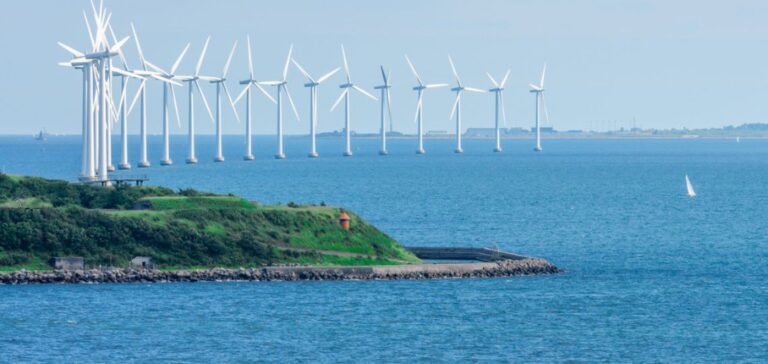ORLEN’s Supervisory Board has made an investment decision for the Baltic Power offshore wind farm, enabling the design phase to be finalized.
Offshore Wind Energy in Poland: Major advances with the Baltic Power Project
The construction phase is scheduled to begin later this year, following completion of the financing process and building permits. The joint investment by ORLEN and Northland Power at this stage is the most advanced offshore wind project in Poland. The energy transition means clean, affordable energy and a competitive economy.
By 2030, the ORLEN Group will have made a quantum leap in the development of renewable energies, reaching 9 GW of installed capacity. Offshore wind power will be a key element in this development. As regional pioneers in this field, we had to do a lot of preparatory and administrative work, and build up new skills that we can use in future projects.
“Today’s decision is an important step that brings us much closer to achieving the Company’s strategic objectives,” emphasizes Daniel Obajtek, Chairman of ORLEN’s Management Board.
The Baltic Power project, in which ORLEN holds a 51% stake, is the most advanced offshore wind farm project under construction in Poland. The total financing plan for the project is estimated at around EUR 4.73 billion, and covers capital expenditure and contingencies (amounting to EUR 4.05 billion), as well as financing costs and additional reserves.
The Baltic Power Offshore Wind Farm: A Pillar of the ORLEN2030 Energy Strategy
The shareholders of the investment assume that it will be financed according to the project finance formula, a model in which repayment of liabilities will be based on future financial surpluses generated by the project. The project financing formula is particularly favourable for investments that require significant expenditure and time to reach full capacity, such as the construction and operation of offshore wind farms.
At the same time, it is in line with the financial assumptions of the updated ORLEN2030 strategy. The Baltic Power project has all the necessary permits for the onshore part of the project, as well as a permit for the construction of an offshore electrical connection to bring electricity from the farm to land. It has also been awarded contracts for all key components of the farm – including turbines, offshore and onshore substations, cables and foundations – as well as their manufacture, transport and installation.
One of the conditions for reaching a final investment decision remains the acquisition of construction permits for the offshore part of the project. The construction of the Baltic Power offshore wind farm is one of the ORLEN Group’s main projects to achieve its strategic goal of 9 GW of installed renewable energy capacity by 2030. The farm will be built around 23 km from the coast, at Łeba and Choczew, and will consist of 76 state-of-the-art wind turbines with a unit capacity of 15 MW. With the completion of construction in 2026, the Baltic Power farm will start producing energy to supply more than 1.5 million homes in Poland.






















